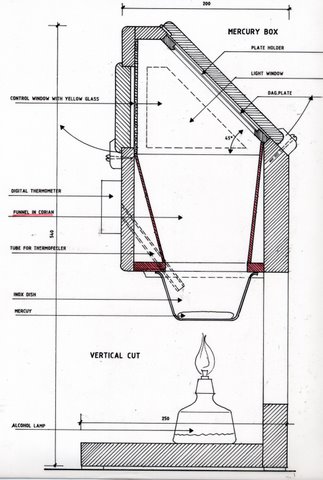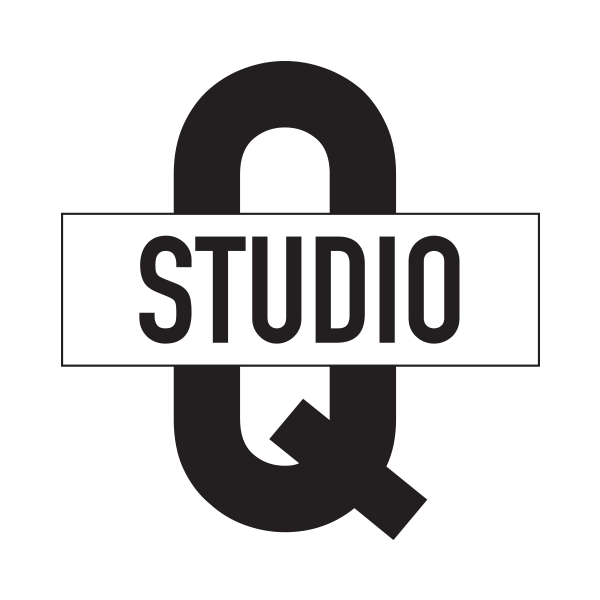I’m sitting here exhausted and elated. I’ve just returned from 9 days in Paris. Needless to say, a lot happened. First I want to thank Jeanne, Summer, Olivier, Pierre, and William. Without you, none of this would have happened. There’s nothing that compares to having people in your life that care about you and support you – thank you, merci, thank you, merci! Leica Group member - he volunteered for the demo - a portrait.
Leica Group member - he volunteered for the demo - a portrait.
For me, this event was like the striking of a match (wood stick match). If you watch closely, you can see the phosphorus burn and ignite the wood. So now, my match is burning – in the center of Paris, France. It’s a good feeling.
While I’ve had other exhibitions and have shown my work in some great places, this exhibition is extremely important for me. First, it’s in Paris, France – the birthplace, or home of photography. I’ve always dreamed of showing my work in Paris. Any artist/photographer would say the same. Also, the Parisians/French have a particular love for the art of photography. It makes sense that they would. As you can imagine, I spoke with a lot of people over the last week about my work. Never before have I had so many people make comments about my photographs being important for something beyond the process. In other words, it’s not just the Wet Plate Collodion process that makes the work interesting. The concept of the work goes beyond the craft, or better yet, compliments the craft. Every time I heard that, I was overjoyed – that means a lot to me. It’s too easy to get caught up in craft and forget the concept. I heard none of that in Paris. I’ve always said that the French and Spanish have a certain sensibility when it comes to my work. They “get it”.
Along with their photography culture, I also love the French for their food culture. We were treated to some of the best places to eat in the center of Paris. One afternoon, we had lunch with Jeroen and Geert-Jan, friends from Holland, in a restaurant that is in the oldest house in Paris (1407). It was surreal, and delicious. And Pierre and Olivier treated us to an incredible dinner at L’Autobus Impérial (check out the video). The food there was unbelievably good, not to mention the wine and final drink at the bar (the flaming cocktail).
The opening of my show was terrific. There were more people there than you could count. A big turn out – it really surprised me. My good friend, Bart from Moscow was there, thank you for your support! And Vernon and Christian came from Germany for the opening, thank you! Christian, that photo you made of me by camera is the best I’ve ever seen – we need to talk.
Pierre worked with the bartender from L’ Autobus and made a special drink/cocktail for my opening. It was like a Black Russian with wine and some other things, we called it, “Black Collodion”. It was delicious – I think I had four glasses of it! There were people from all over Europe that came to see the work. It humbled me, to say the least. After the opening, about fifteen of us went out for Japanese food – I had sushi and Sake – it was terrific!
I did a public demonstration on Tuesday for about seventeen people. It went very well. I made two Whole Plate portraits of two people in the audience. My friend, Chris Nisperos, kindly translated for those that didn’t speak English.
Wednesday was the “Portrait Day” that almost turned into Thursday. I started at about 10AM, and with the help of Jeanne and Summer, I went until almost midnight making portraits of Parisians that lined up at the studio door. I poured was over 40 plates that day/night! The largest number of plates I’ve ever made in one day/night – and most of them were Whole Plate or 8”x10”. If that doesn’t test your Collodion fortitude, I don’t know what does. I made portraits of some very important people (they were all important, I should say “known” people), too. Well connected in the photography world. One was the managing editor of Photo Magazine. I’m doing an interview this week with them for an article.
Thursday was day one of Workshop #1 – seven people. There was a writer/photographer from Réponses Photo magazine in this workshop. I’m looking forward to a cover and several inside pages in the April or May issue. It was a great group of people and an excellent workshop.
That evening, I did a “perfomative lecture” for the Paris Photo Group (from Bievre). I got to see Marie Jo, the president of the group and we chatted a little bit about the photo fair in June. It will be another banner year! The group seemed to enjoy what they saw and asked a lot of engaging questions. It was a very large group.
Friday, I finished up Workshop #1 and prepared for Workshop #2 that started bright and early on Saturday. Workshop #2 had five people in it. Great group! They made some really nice photographs and seemed to take to Collodion like they had been doing it for years. Saturday night we enjoyed a very nice meal at L’ Autobus (see above).
On Sunday, I gave another “performative lecture” to the Leica Group of Paris. The image above is the demonstration portrait I made. I wish it were higher quality, but trust me, his beard looked wonderful! This group also seemed to enjoy what they saw. I was happy to do “perform” for them, too.
So, in a nutshell, this is what happened; I had an opening of a large exhibition. I sold several pieces the first couple of days and several more are reserved (this blew my mind). I taught 13 people the Wet Plate Collodion process. I made almost 50 portraits. I did three “performative lectures” and I’ve been published in over a dozen French magazines. All of this would not have been possible without the support of my friends and family, thank you very, very much!
Centre Iris Gallery 238 rue St Martin – Paris – The perfect venue for my work!
This is a short clip of me making Franck’s portrait. It was a beautiful image. He gave me a piece he made of me – a painting/photograph – gorgeous! Great guy and wonderful artist!
A slower, more complete look the day before the opening.
Summer shows off Jeff’s image – and some other large prints in the show.
We all enjoyed this "fire" drink at L’ Autobus Imperial one of Pierre's inventions – nice!

 Rene's mercury pot.Typically, when making Daguerreotypes, you would have two fuming boxes (iodine and bromine) and a mercury pot under a fuming hood in a darkroom. Not René, he built his fuming boxes to take a modern film holder (4x5) and fume by time. Although, you can take the holder to the darkroom and check for color. We made plates outside on his garden patio. It's a very cool system and works well.
Rene's mercury pot.Typically, when making Daguerreotypes, you would have two fuming boxes (iodine and bromine) and a mercury pot under a fuming hood in a darkroom. Not René, he built his fuming boxes to take a modern film holder (4x5) and fume by time. Although, you can take the holder to the darkroom and check for color. We made plates outside on his garden patio. It's a very cool system and works well. René's fuming box - both iodine and bromine and he can spin the plate around for a more even coating.
René's fuming box - both iodine and bromine and he can spin the plate around for a more even coating. 15 mins at f/22
15 mins at f/22 The Daguerreotype being held with BBQ tongs to dry it.
The Daguerreotype being held with BBQ tongs to dry it. Jeanne watches as René plugs the Hg pot.
Jeanne watches as René plugs the Hg pot. The working table.
The working table.  The end result - a 4"x5" Daguerreotype
The end result - a 4"x5" Daguerreotype






















